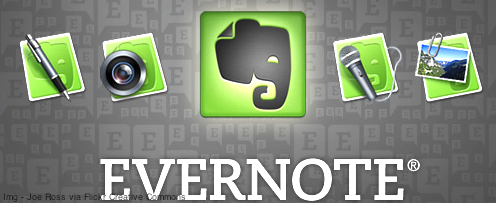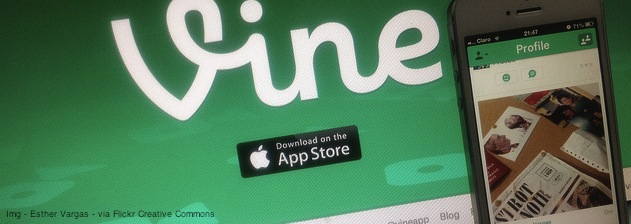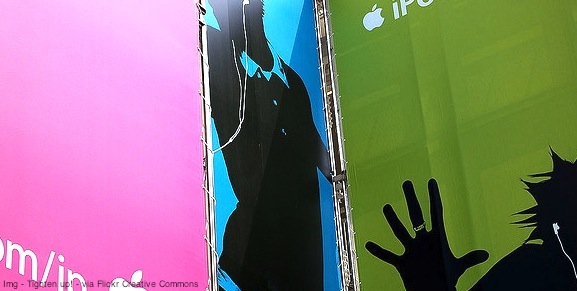Students, turn on your devices! Does that sound counterintuitive or unproductive? You normally tell your students to turn their devices off in your class, so that they can focus. What if their devices made them focus on music more?!?!?
Here are 6 apps you can use to enhance your music class and get your students to use their devices to become more musical.
1. Evernote

Evernote is like a digital notebook that stores photos, audio, to-do lists, PDFs..you name it! Once you put something in Evernote, it’s searchable via your desktop or your mobile device. Here’s how to apply it: Capture audio that inspires you. Take a photo of a guitar for your wish list. Create a To-Do List of songs that you want to play on guitar. Photograph a guitar player on the street. Present the above to the class.
2. Vine

Vine is where people create and share little video loops in their own ways. Careful! You can dive deep into the internet with this app and uncover some crazy stuff. Here’s how to apply it: Capture a short audio loop of yourself playing and demo the loop for the class. Record someone else on a short loop. Take a video of yourself practicing (good for making sure students practice for at least six seconds).
3. Dropbox

Dropbox offers 2GB of online storage and automatically syncs – great for sharing and file transfer. It’s the go-to app for business teams looking to collaborate. Here’s how to apply it: Break your class into teams (bands) and have them work on developing a track by sharing the file over Dropbox, e.g. – Bandmate #1 records a 1 – 4 – 5 chord progression, uploads it to Dropbox and shares the link with Bandmate #2. Bandmate #2 records a bass line for the progression, it syncs to Dropbox automatically, and sends the link Bandmate #3. Bandmate #3 puts a lead line on the song and sends a link to the you (the teacher) for grading or to present to the class.
4. Google Slides

Another great business tool, Google Slides allows you to easily build presentations and collaborate if you’re working in teams. Here’s how to use it: Part of learning about music is writing about music and musicians. Break your class into groups and have them develop presentations on a composer or a guitarist whom they love. Using visuals will make this project much more fulfilling than a book report. They can also present about a piece that they are currently performing (which addresses elements of the new standards).
5. Field
In this app, the iPad’s camera reacts to light and colors in the environment and translates them in an aesthetic way in tones, sounds, and geometrical patterns. Here’s how to use it: Have your students just experiment and see how the world is intrinsically musical. Be warned, this app costs a whopping $1.99!
6. iTunes

The only music app in the list and it comes with every device. Here’s how to use it: Ask your students to make a list of the 10 songs they listen to most frequently. Have them hand it to you on a piece of paper, email it, share it, etc. Start listening to those songs and artists, your students will love you for it.
Remember, every minute your students work on something musical – even if it’s with an iPhone – is another minute they are thinking about music.